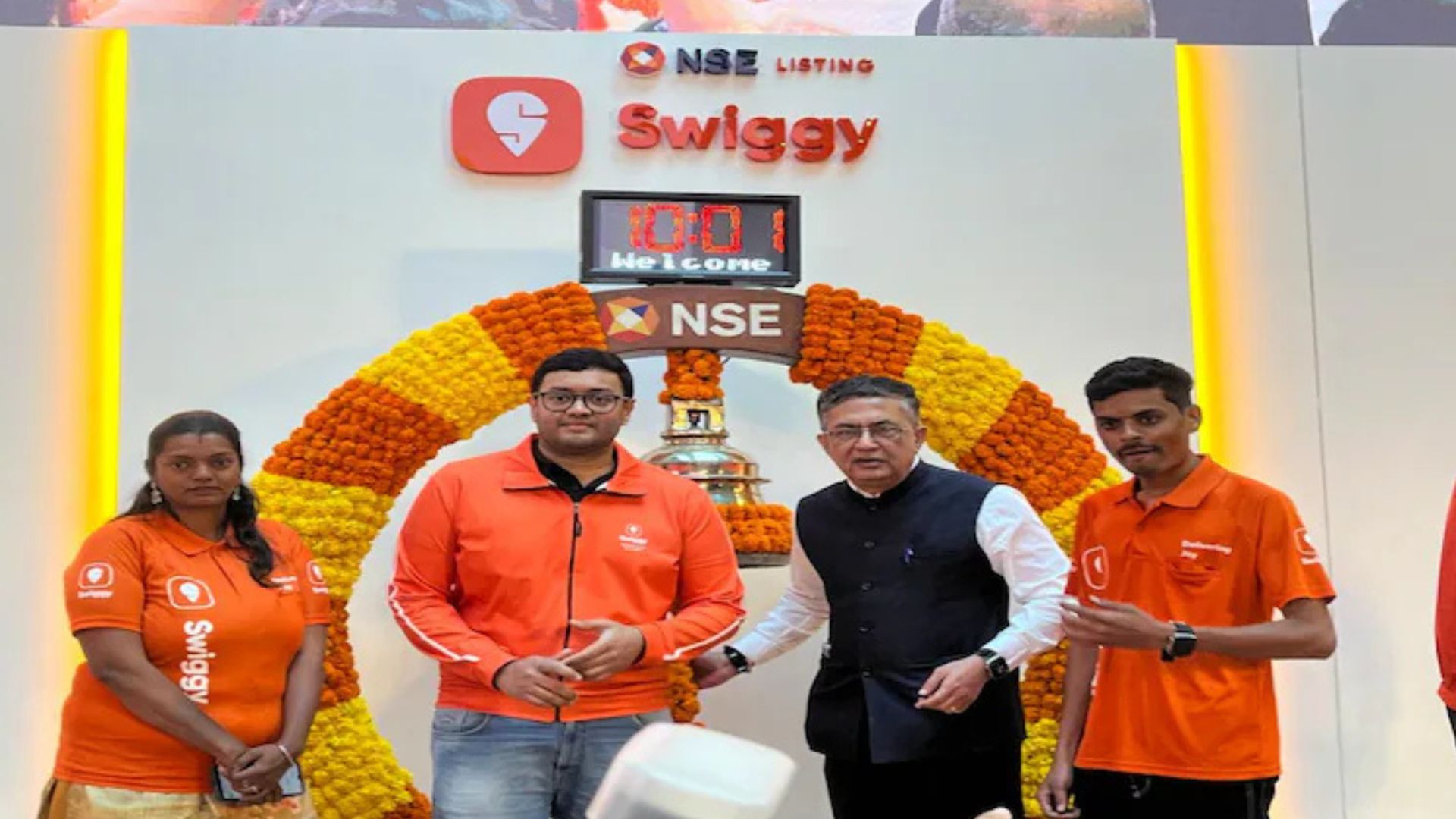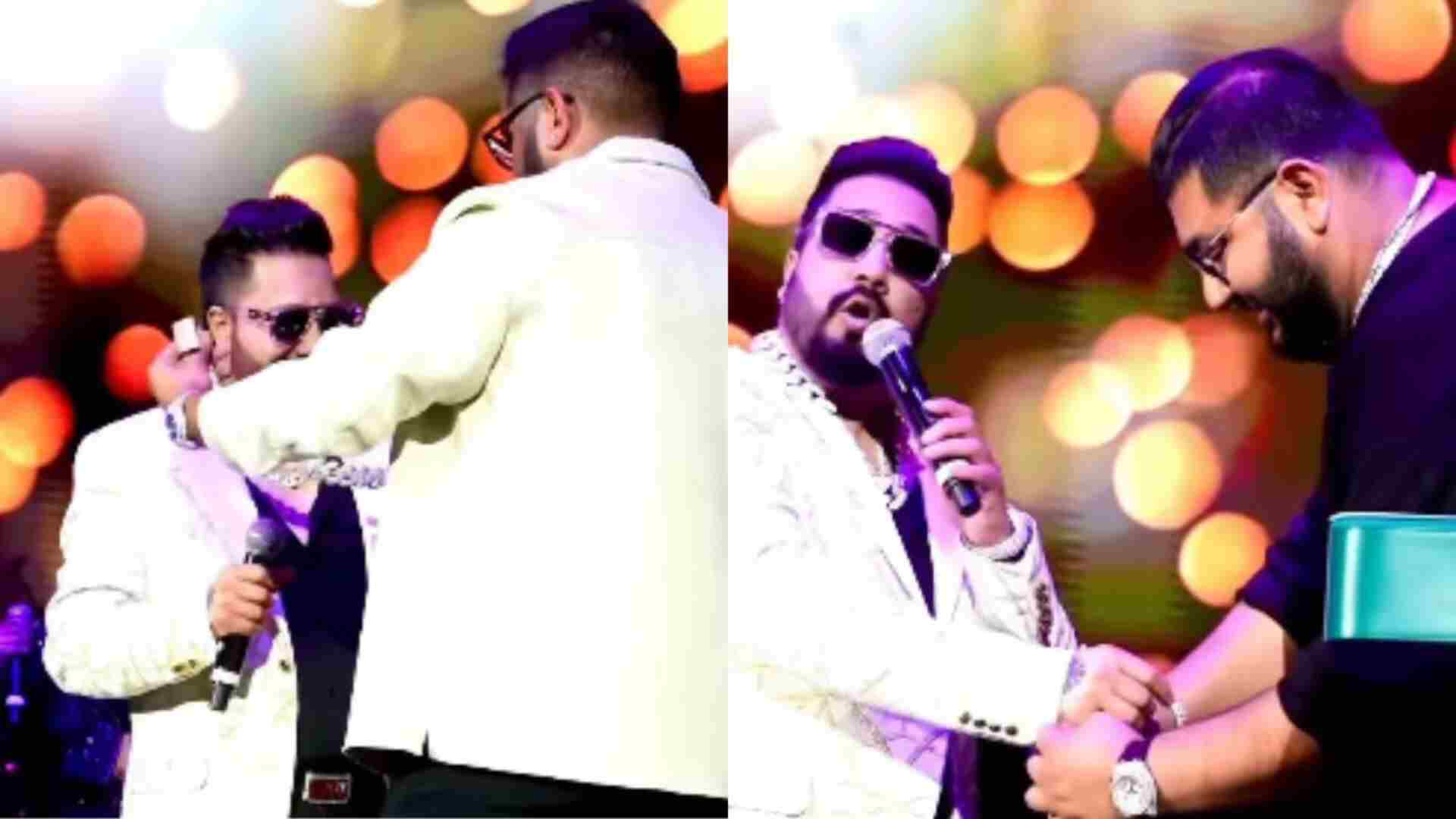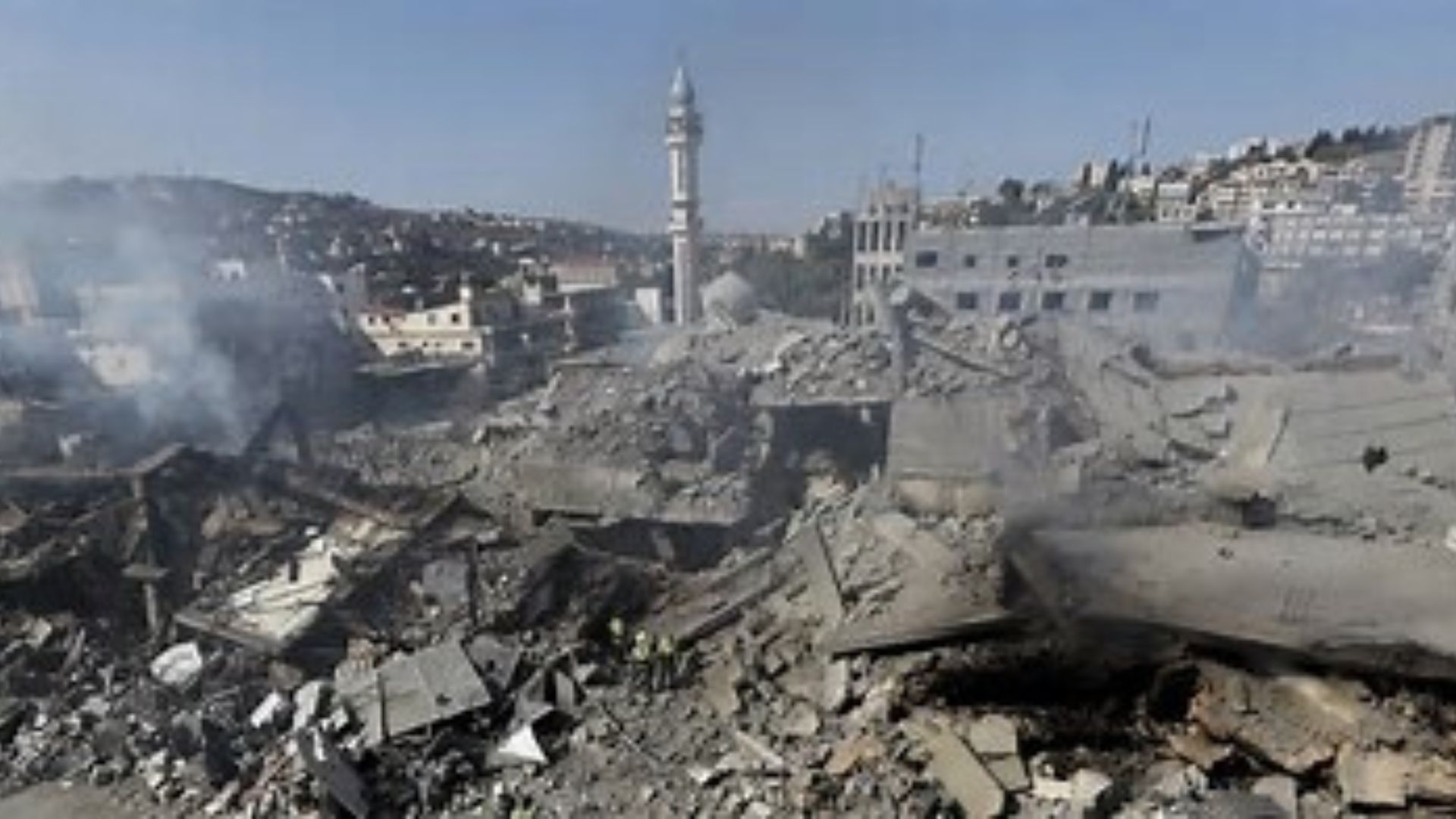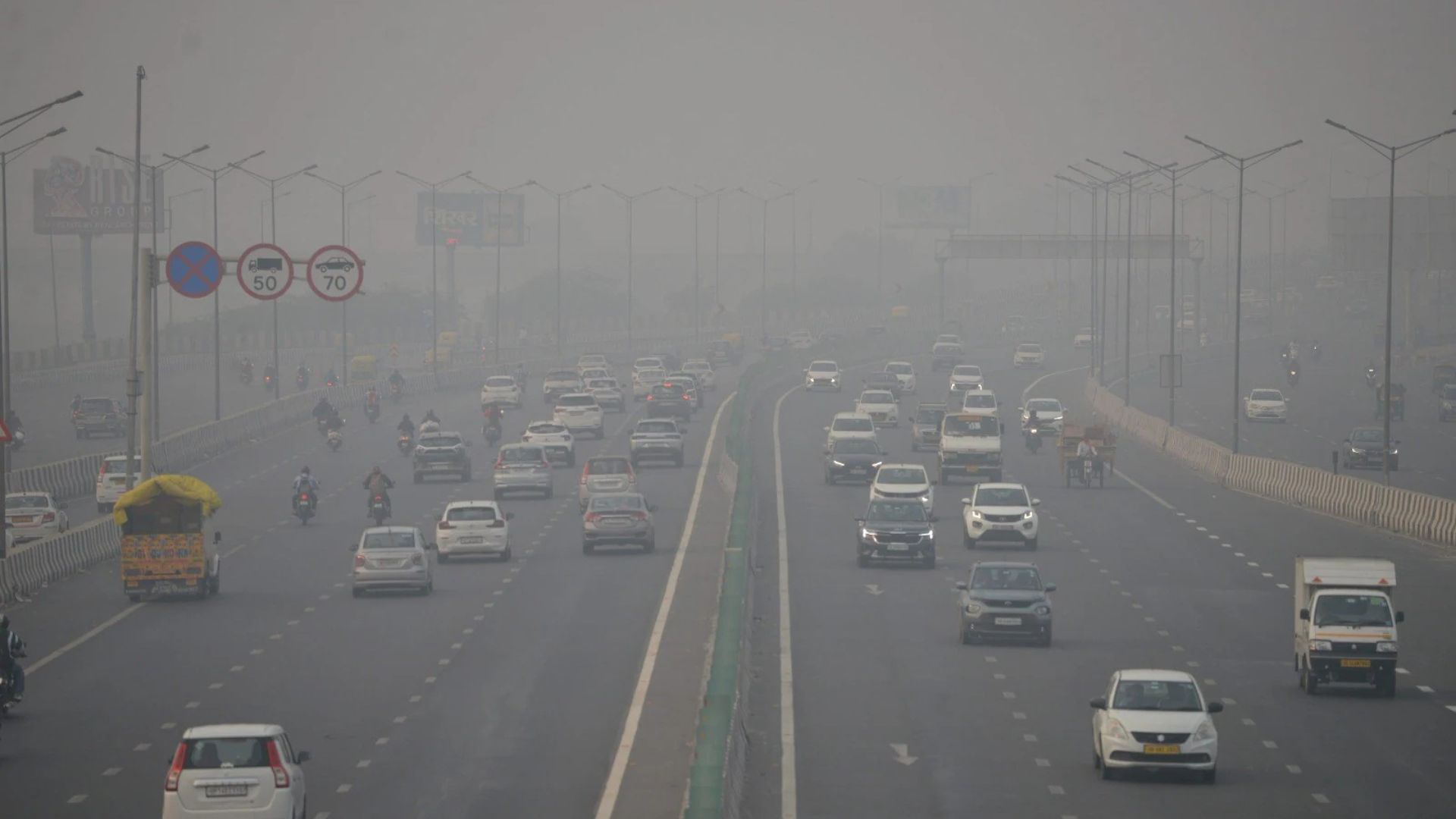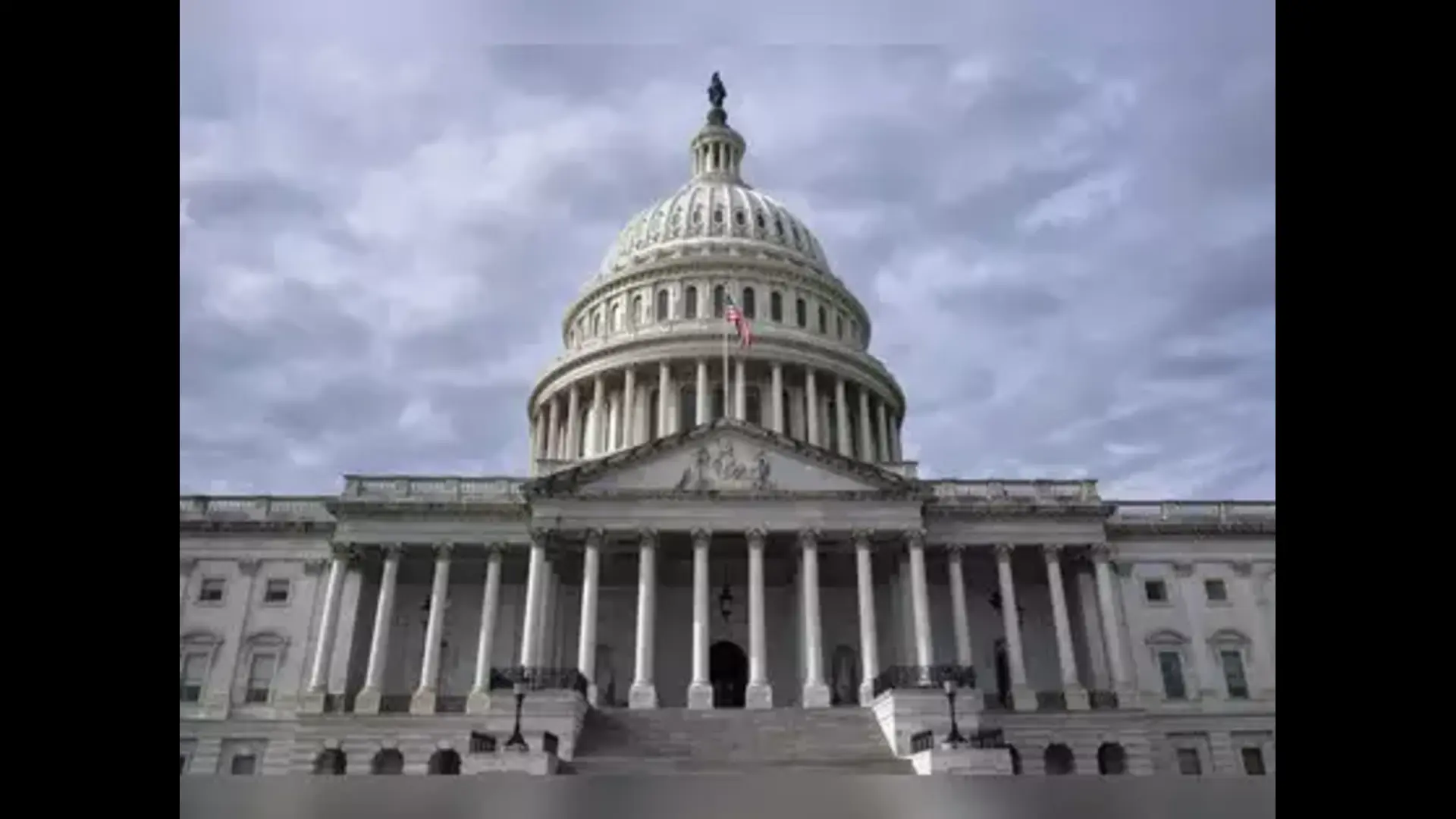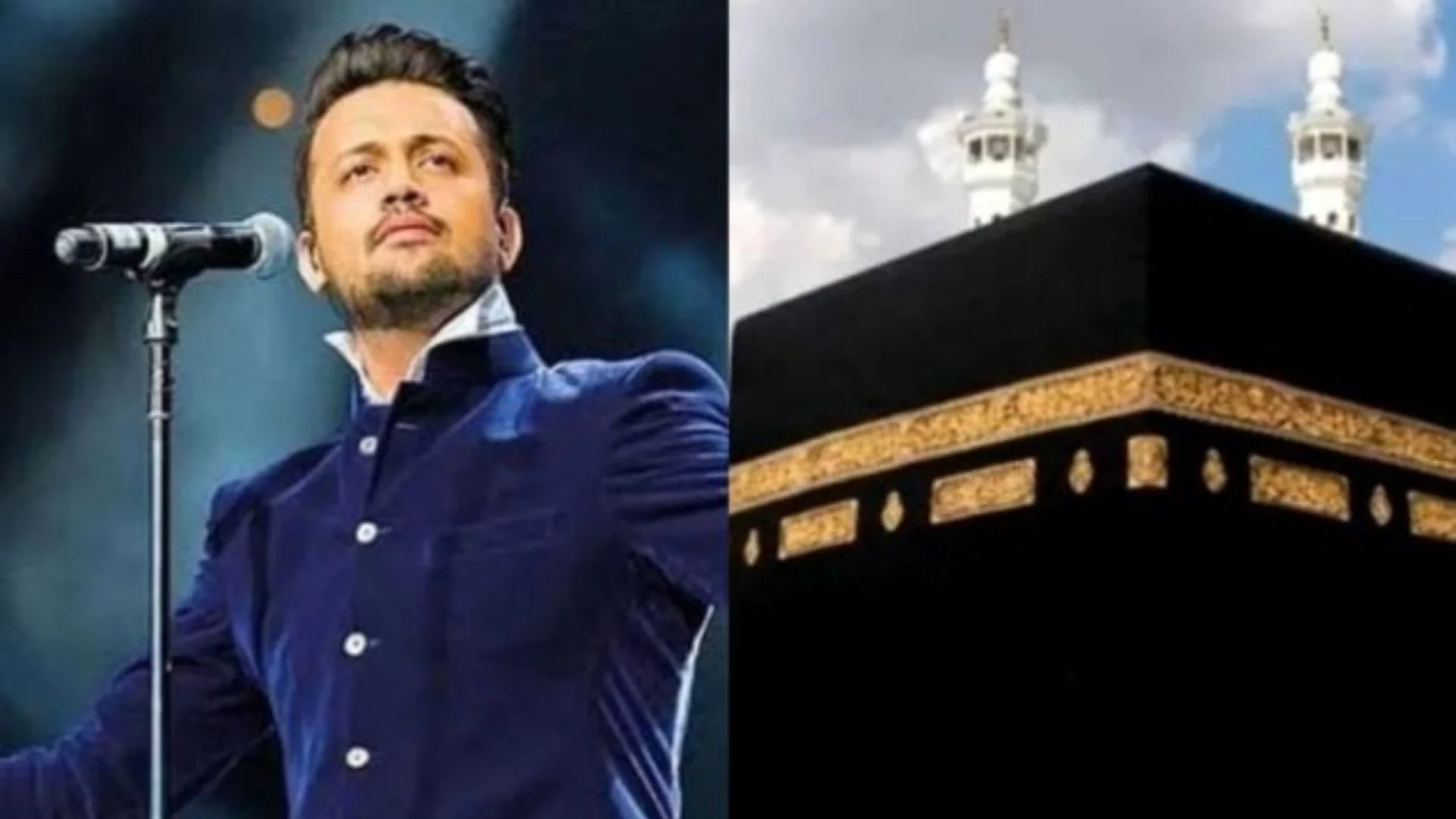
North Korea has tested a “super-large warhead” designed for a strategic cruise missile, state media said Saturday, the most recent test since UN sanctions monitoring against the nuclear-armed nation was upended last month by Russia. The announcement comes after Russia in March used its United Nations Security Council veto to effectively end UN monitoring of violations of the raft of sanctions on Kim Jong Un’s government for its nuclear and weapons programme.
Analysts have warned that North Korea could be testing cruise missiles ahead of sending them to Russia for use in Ukraine, with Washington and Seoul claiming Kim has shipped weapons to Moscow, despite UN sanctions banning any such moves.
“The DPRK Missile Administration has conducted a power test of a super-large warhead designed for ‘Hwasal-1 Ra-3’ strategic cruise missile”, KCNA news agency said Saturday, referring to North Korea by an abbreviation for its official name.
North Korea also carried out a test launch of a “‘Pyoljji-1-2’ new-type anti-aircraft missile in the West Sea of Korea”, KCNA said, adding that both tests were carried out on Friday afternoon.
Seoul’s military said Saturday it detected “several cruise missiles and surface-to-air missiles” fired toward the same body of water, also known as the Yellow Sea, at around 3:30 pm (0630GMT) Friday.
It added that it was “closely watching” the North’s military activities, and if Pyongyang “commits a provocation, we will punish it overwhelmingly and resolutely”.
This year, Pyongyang has declared South Korea its “principal enemy”, jettisoned agencies dedicated to reunification and outreach, and threatened war over “even 0.001 mm” of territorial infringement.
Unlike their ballistic counterparts, the testing of cruise missiles is not banned under current UN sanctions on North Korea.
Cruise missiles tend to be jet-propelled and fly at a lower altitude than more sophisticated ballistic missiles, making them harder to detect and intercept.
‘Russian demand’ –
Ahn Chan-il, a defector-turned-researcher who runs the World Institute for North Korea Studies, told AFP that the test announced Saturday appears to involve “a new type of solid fuel, and it seems to be part of the production of exports in response to Russian demand”.
Pyongyang said Saturday the tests were “part of the regular activities” of the country’s missile administration and had “nothing to do with the surrounding situation”.
A “certain goal was attained” through the tests, it added, without giving further details.
Yang Moo-jin, president of the University of North Korean Studies in Seoul, said it appeared that the tests were intended “to determine the type and potency — in terms of weight and destructiveness — of a warhead that can be equipped on a highly maneuverable cruise missile”.
North Korea will continue to “make improvements in the performance of its conventional weapons, as well as its cruise missiles”, on top of its nuclear programme, he told AFP.
Last year, the North conducted a record number of missile tests in defiance of UN sanctions in place since 2006 and despite warnings from Washington and Seoul.
Pyongyang declared itself an “irreversible” nuclear weapons state in 2022.
In early April, North Korea said it had tested a new medium-to-long-range solid-fuel hypersonic missile.
The largely isolated country has recently bolstered military ties with Moscow, and this month it thanked Russia for its veto blocking the renewal of a panel of UN experts that monitored international sanctions against it.


